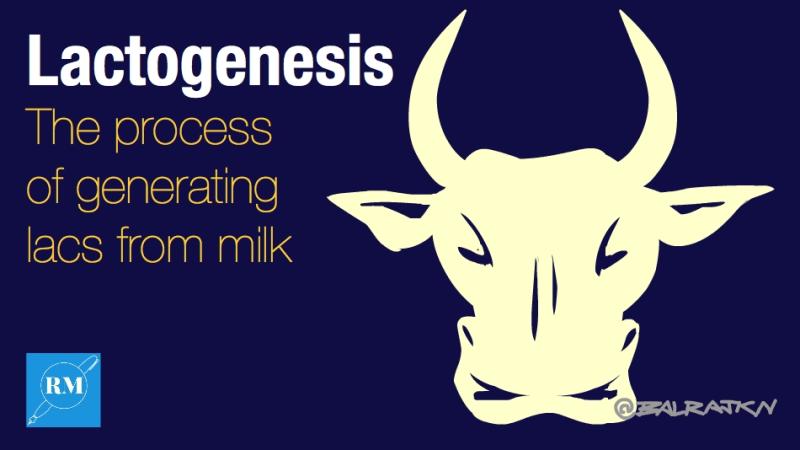
India is the world’s largest milk producer and it produced 140 million tonnes of milk just last year. Though we know the milk comes from bovines (cows and buffaloes), how exactly is it produced in mammals?
All mammals have the ability to secrete milk to nurture and feed their young ones. The mammalian DNA contains specific genes that code for milk synthesis, production and release, in both females and males. Mammary glands, responsible for milk production, have a lining of cells specially designed to make milk. Though these glands look different among the species (breasts, udders, etc.), they are all essentially made of tubular networks grouped into distinct lobes. They grow under the influence of the female hormones oestrogen and progesterone, which is why they increase in size during puberty and pregnancy. However, it’s not these hormones that help in the actual milk production, also called ‘lactogenesis’. This is the main responsibility of the hormone called prolactin.
But why is milk not produced all the time? Prolactin cannot work when oestrogen and progesterone are active, which is the case during pregnancy. At the end of pregnancy, their levels go down that prolactin stimulates lactogenesis with the help of amino acids and other compounds that act as precursors for compounds in milk. These molecules reach the mammary system through the bloodstream. It takes around 200-500 litres of blood to provide enough start-up for a litre of milk! The milk produced is then collected into a series of increasingly larger ducts till it reaches the teat/nipple. Ready for release, the body waits for a signal from another hormone, oxytocin, to let the milk out and feed hungry neonates.





